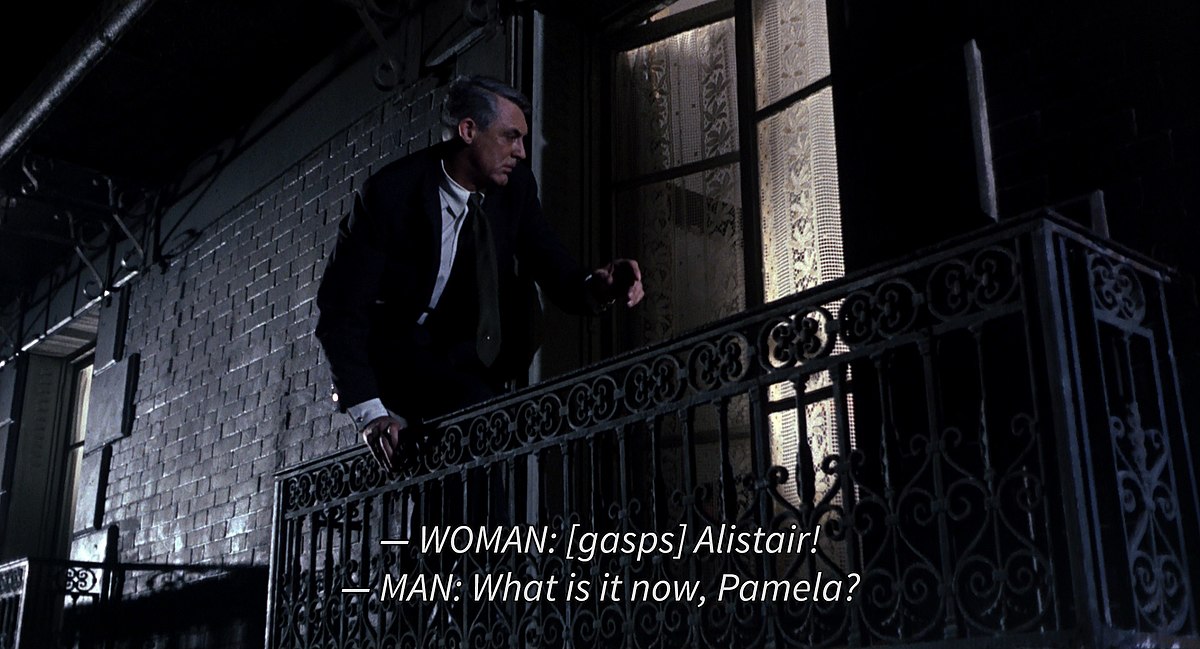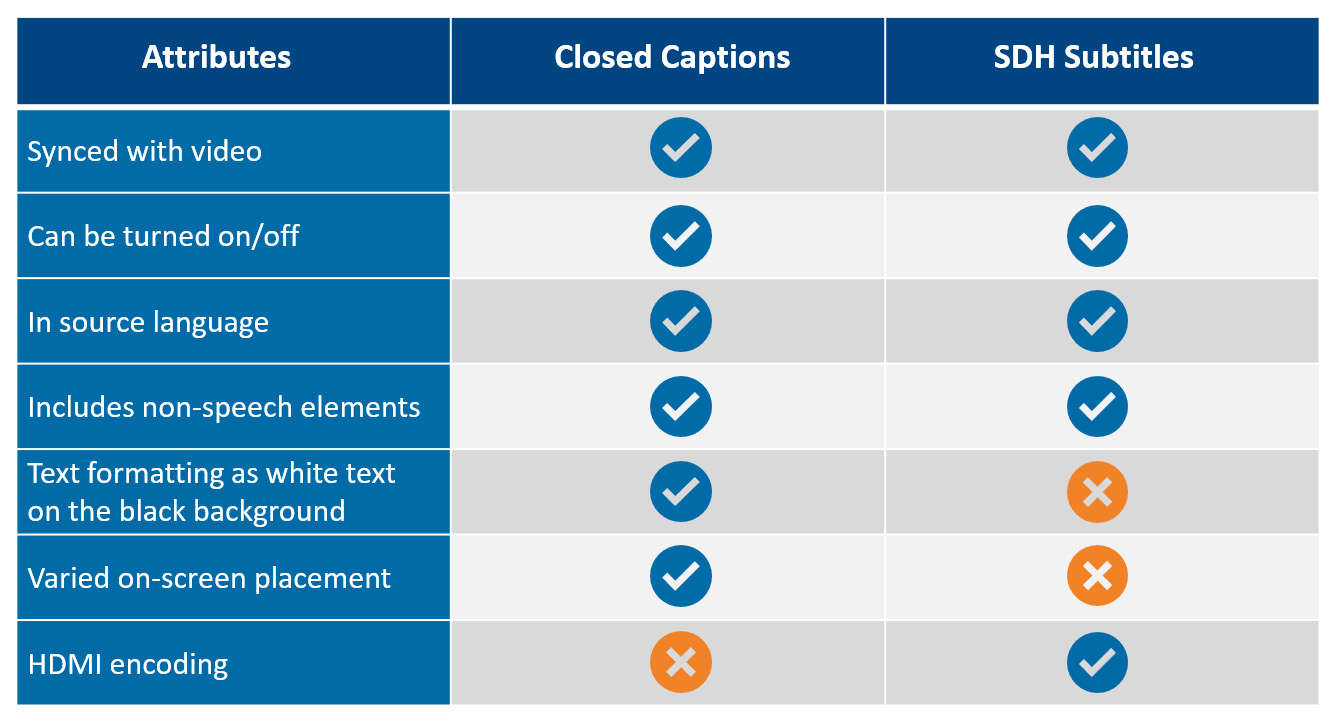Entertainment has gone global as the rise of streaming platforms makes sure content reaches every corner of the world. However, subtitles make the entertainment local – they make it possible for people to enjoy the content without being worried about the language barrier. Not just a medium to reach a wider audience but subtitles are an important accessibility tool mandated by law.
But what are subtitles?

Image credit: Wikipedia
Subtitles are the lines of text at the bottom of the screen and they translate the spoken dialogue into the local language depending on the geographic location. Subtitles are transcribed words and synchronized to the media files to ensure they play simultaneously as the video on the screen. Subtitles can either be embedded on screen or can be switched on and off as per the viewers’ desire.
This is the textbook definition of subtitles. However, there is more. Have you ever wondered what are the various types of subtitles?
Subtitles are of two types – SDH and non-SDH. Let’s know more about them in this blog.
Before we get into details, let us decode some key terms like deaf, Deaf, and hard of hearing.
- Deaf in lowercase ‘d’ refers to individuals with no hearing ability but can communicate orally.
- Deaf in uppercase ‘D’ refers to members of the deaf community whose sole communication is sign language.
- Hard of hearing refers to individuals who experience any level of hearing impairment and includes people who require hearing aids.
What are SDH subtitles?

Image credit: Wikimedia
SDH abbreviates to Subtitles for (d)Deaf and hard of hearing. SDH subtitles are aimed at users who cannot hear the dialogues and thus includes non-speech elements like speaker information, sound effects, and music.
You must think we just defined closed captions here because these are the same attributes that closed captions possess.
Let’s look at some of the key differentiators between closed captions and SDH subtitles –

What are non-SDH subtitles?
Non-SDB subtitles are meant for the (d)Deaf and hard of hearing and are simply referred to as “subtitles”. Subtitles are meant to aid hearing users as they translate just the audio to text and exclude the non-speech-related elements.
Subtitles allow viewers to –
- Understand inaudible or accented speech
- Watch foreign language content
- Consume content in an audio-sensitive environment
What is the difference between SDH and non-SDH subtitles?
SDH and non-SDH subtitles are developed with similar technical features when defining the characters per row, line limits, timing, and on-screen placement. However, SDH subtitles provide a better experience for media consumers as compared to the subtitles. In simple terms, SDH subtitles are meant for (d)Deaf or hard-of-hearing audiences and non-SDH subtitles are meant for hearing audiences.
Based on the above information, you can make an informed decision on which type of subtitles your media requires in order to provide accessibility and reach the right audience.




